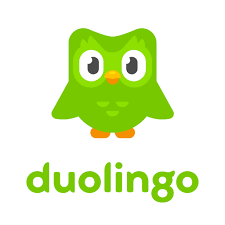Filipinos turn to Duolingo during lockdown | WARC | The Feed
The Feed
Read daily effectiveness insights and the latest marketing news, curated by WARC’s editors.
You didn’t return any results. Please clear your filters.

Filipinos turn to Duolingo during lockdown
Duolingo, the language learning app, grew users 10% year-on year globally during the pandemic, to around 500 million, but in the Philippines the growth rate was three times that at 32%.
Why it matters
Duolingo is a free product that has spread mostly by word-of-mouth, with its large user base a potentially attractive option for advertisers (a subscription model cuts out the ads and offers additional functionality, while English proficiency tests deliver a third revenue stream). Understanding language interests and preferences can help inform messaging.
Takeaways
- Japanese, Korean, Spanish, French and Chinese are the most popular languages being learned.
- The first two are growing fastest, according to marketing director Haina Xiang, who told Rappler this was down to the success of K-drama series and Japanese animations watched across the region and people having more time at home during the pandemic to both watch and learn.
- New users are spending 30% more time on the app than pre-pandemic.
- People may also have a motivation to learn languages in anticipation of global borders reopening for tourism.
Key quote
“In the Asia market, not so many people have heard about us …so our main goal is to grow our brand awareness [and] grow our user base” – Haina Xiang, marketing director, Duolingo China
Sourced from Rappler
Email this content
